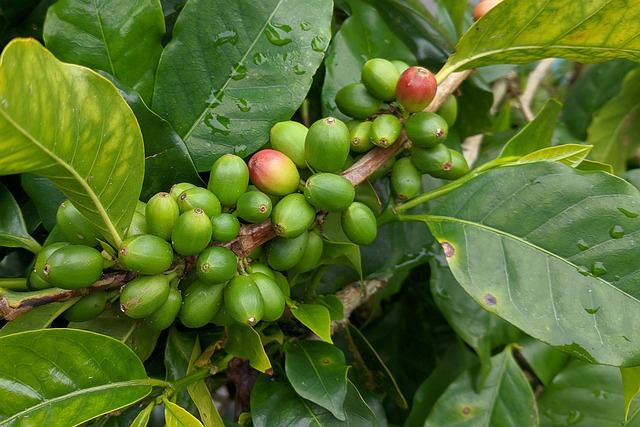Antigua coffee is a type of coffee that is grown in the Antigua region of Guatemala. It is known for its rich, full-bodied flavour and balanced acidity, making it a popular choice among coffee connoisseurs worldwide.
The Antigua region has a unique combination of factors that contribute to the high quality of its coffee. The area has rich, volcanic soil that is packed with nutrients, as well as a climate that is perfect for growing coffee. The region is located at a high altitude, which helps slow the coffee cherries’ maturation process and allows them to develop a more complex flavour.
In addition to its natural advantages, the Antigua region has a long tradition of coffee production. The first coffee plants were introduced to the region in the early 1800s; since then, the industry has grown and flourished. Today, the region is home to many small coffee farms and cooperatives and larger, more commercial operations.
The coffee production process in Antigua begins with the cultivation of coffee plants. The plants are grown from seeds, which are typically germinated in greenhouses before being transplanted to the fields. The plants require well-draining soil and plenty of sunlight to thrive, and they are usually grown in rows with plenty of space between them to allow for proper growth and development.
Once the coffee plants reach maturity, they begin to produce cherries. The cherries are typically hand-picked by farm workers, and they are carefully sorted to ensure that only the highest quality cherries are used for production. The cherries are then taken to a processing facility, where they are cleaned, sorted, and prepared for roasting.
There are two main methods of processing coffee cherries in Antigua: the wet method and the dry method. The wet method involves removing the outer layers of the cherry and leaving the beans to dry in the sun. This method is typically used on smaller farms and cooperatives, as it is less expensive and labour-intensive than the dry method. The dry process involves removing the outer layers of the cherry and then leaving the beans to dry indoors, typically in large warehouses or on large patios. This method is more expensive and time-consuming, but it produces high-quality coffee beans with a more complex flavour.
Once the coffee beans have been processed and dried, they are ready for roasting. The roasting process gives coffee its unique flavour and aroma, which is a crucial step in the production process. The beans are placed in a roaster and exposed to high temperatures, which causes them to expand and turn brown. The length of the roasting process and the temperature will determine the coffee’s final flavour.
In Antigua, coffee is typically roasted to a medium or medium-dark level, which allows the beans to retain their natural flavours and aromas. The roasted beans are then packaged and shipped to coffee shops and retailers around the world, where they are sold as whole beans or ground into a fine powder.
Antigua coffee is known for its rich, full-bodied flavour and its balanced acidity. It has a complex taste profile, with chocolate, nuts, and fruit notes, and it has a smooth, clean finish. Many coffee lovers consider it one of the world’s finest coffees, and it is often used as a base for specialty coffee drinks such as lattes and cappuccinos.
In addition to its delicious flavour, Antigua coffee is also known for its sustainability. Many of the coffee farms and cooperatives in the region are certified organic coffee beans producers or follow sustainable farming practices.
Read more coffee terms explained in our coffee glossary.

